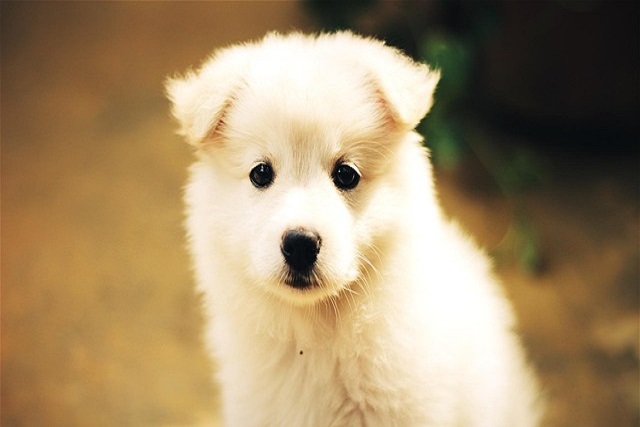
Should I give my dog vitamin supplements
If you’ve ever stood in the pet store aisle, staring at bottles of dog vitamins labeled “immune support” or “shiny coat,” you might’ve wondered if your pup really needs them.
You’ve just settled in for a cozy evening on the couch, only to hear the unmistakable sound of your puppy gnawing on… something. Panic sets in as you realize your favorite pair of sneakers is now a chew toy. So, what is the safest thing for puppies to chew on? As an editor who’s helped thousands of American first - time dog owners navigate this exact dilemma, I’ve got the answers you need.
Puppies chew for a few key reasons deeply rooted in their biology. Just like human babies go through teething, puppies’ baby teeth give way to adult ones around 12 - 16 weeks, causing discomfort. Chewing relieves that pain and helps their jaws develop. Plus, it’s a natural instinct to explore the world with their mouths. But here’s the catch: not everything is safe for those sharp little teeth. Hard objects like real bones or rocks can crack teeth, while small items pose a choking hazard, which is why choosing the right chew is crucial for your puppy’s health.
When it comes to safe chewing options, material is everything. Look for toys made from FDA - approved rubber, like the classic Kong toys. These are durable yet flexible enough to prevent dental damage. Food - grade silicone chew toys are another great choice, especially for teething puppies, as they’re gentle on sore gums. Puzzle toys that dispense treats, such as the popular West Paw Toppl, are a win - win. They keep your puppy mentally stimulated while satisfying their urge to chew. Always check the label for safety certifications; in the US, products should meet standards set by the Consumer Product Safety Commission (CPSC), and in the EU, they must comply with REACH regulations.
Here’s a practical tip: introduce new chews gradually. Let your puppy sniff and explore the toy before letting them chomp down. And remember, positive reinforcement is key. When your puppy chooses their chew toy over your furniture, praise them like they’ve just won a prize. Offer a small treat and lots of belly rubs. In American pet culture, this positive approach is not only effective but also aligns with the widely - embraced philosophy of kind, force - free training.
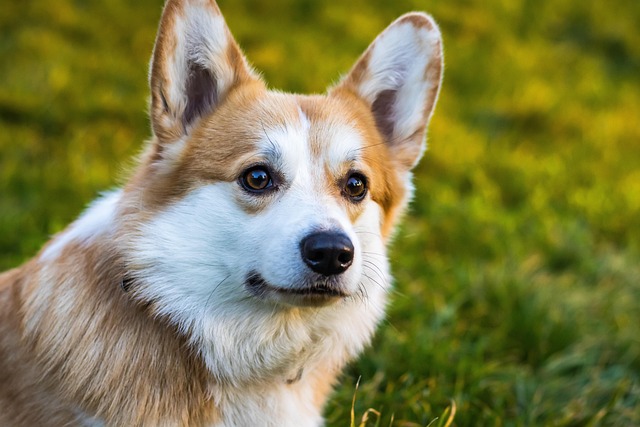
Living in an apartment? Noise can be an issue. Avoid hard plastic toys that clatter loudly on the floor, as they might annoy your neighbors and violate building quiet hours policies. Opt for softer, quieter options instead. When you take your puppy out for walks in the community, make sure they don’t pick up random objects to chew on. This isn’t just about safety; leaving chewed - up debris in public spaces goes against the “clean - up after your pet” etiquette that’s expected in most American neighborhoods. Plus, if your puppy ingests something harmful outdoors, it could lead to expensive vet bills and potential health risks.
Finally, always supervise your puppy while they chew. Even the safest toys can become dangerous if they start to break apart. If you notice any signs of wear and tear, like small pieces coming off, replace the toy immediately. And if you’re ever unsure about a chew’s safety, consult your vet. In many US states, ensuring your pet’s well - being is not just a good practice—it’s part of being a responsible pet owner under local animal welfare laws.
In a nutshell, the safest things for puppies to chew on are well - made, certified toys that suit their size and chewing needs. By making smart choices, using positive training methods, and respecting community norms, you can keep your puppy happy, healthy, and your sneakers intact.

If you’ve ever stood in the pet store aisle, staring at bottles of dog vitamins labeled “immune support” or “shiny coat,” you might’ve wondered if your pup really needs them.
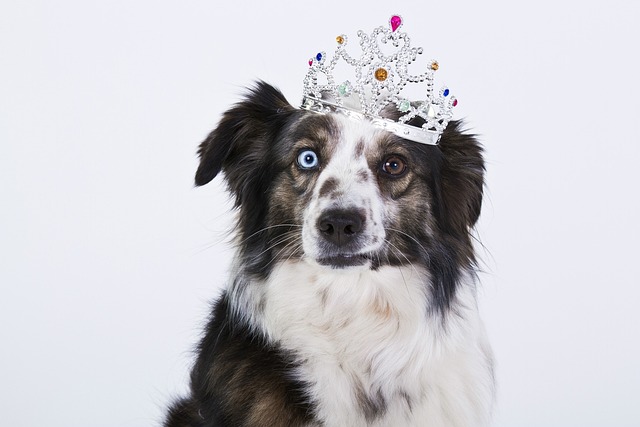
If you’ve ever thought about swapping your dog’s kibble for something homemade, you might’ve worried: “Will I get the nutrients right?”
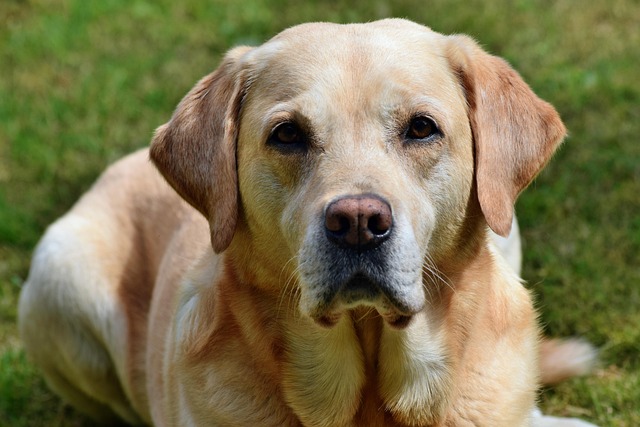
If you’ve ever watched your dog tilt their head like they’re confused, or scratch at their ear until they whimper, you might be seeing signs of an ear infection.
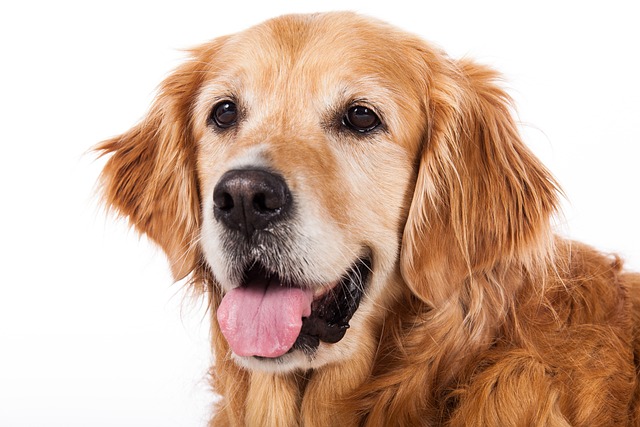
Golden Retrievers, with their lush coats and playful spirits, often steal hearts in parks and homes alike. But that same thick fur that makes them so cuddly can sometimes be a double-edged sword when it comes to skin health.
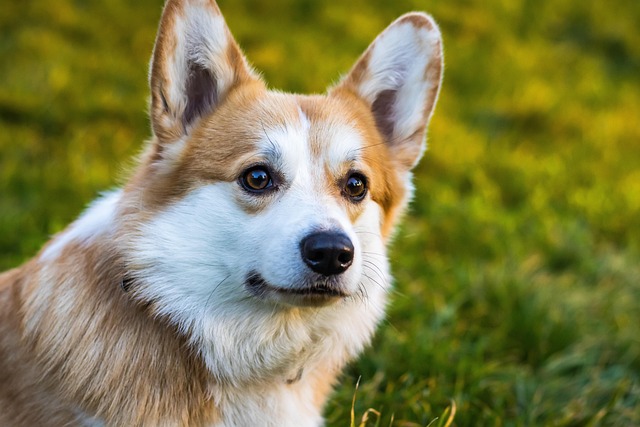
If you’ve ever left a friend’s house with a dog and spent the next hour sneezing, your eyes red and watery, you’ve probably wondered when the discomfort will end.
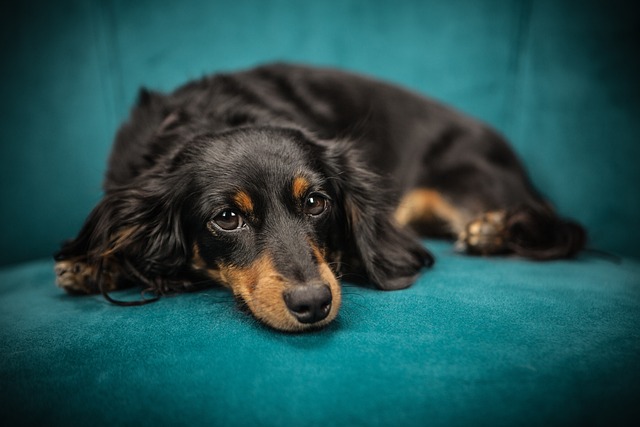
If you’ve ever watched your dog scratch until their skin turns red, or noticed them licking their paws raw after a walk, you’ve probably wondered what’s causing their discomfort.